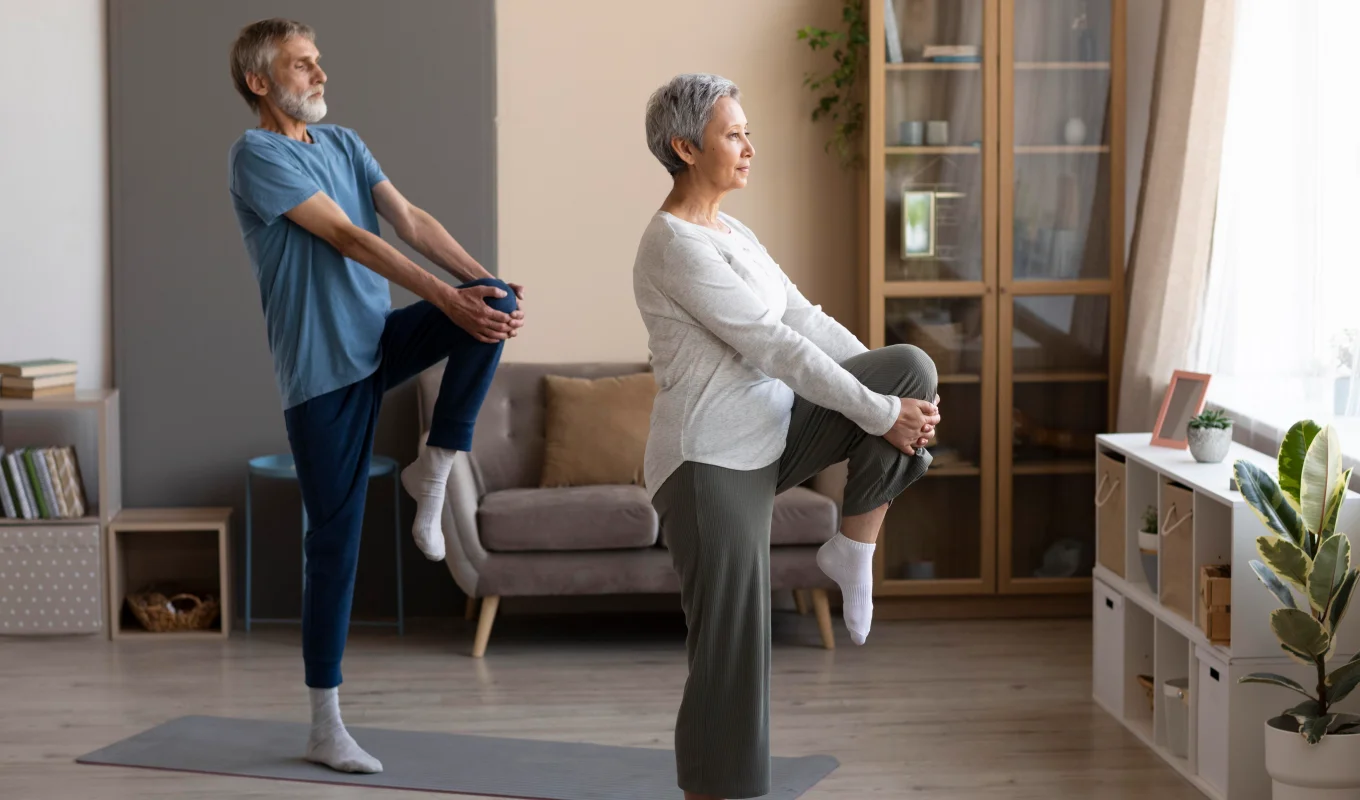
Key Takeaways
- Balance relies on multiple body systems and tends to decline with age
- Falls are common but preventable with the right approach
- Physical therapists use tailored strategies to build strength, stability, and confidence
Struggling with your balance? You’re not alone. As we age, the systems that help us stay upright begin to change. But falls don’t have to be inevitable. In this blog, we explore why balance declines and how you can rebuild it with expert help from a licensed physical therapist. We’ll also walk through practical, evidence-backed tips and exercises to help you stay steady and independent.


Falls are one of the leading causes of injury in adults over 65- but poor balance isn’t just an issue for seniors. At every stage of life, maintaining balance plays a key role in how we move, react, and stay safe. Whether you're a young adult recovering from injury or an older adult hoping to stay independent, balance training should be part of your wellness routine.
Here’s what causes balance to decline—and how physical therapy can help you prevent falls and move with more confidence.
Balance is a complex skill that relies on your:
With age or injury, these systems may become less responsive. Common contributors to balance issues include:
Falls are not only common- they can be costly. Each year, more than 1 in 4 older adults reports a fall. Even non-serious falls can lead to fear of falling again, which can reduce activity levels and increase fall risk even further.
Consequences of falls may include:
Physical therapists are movement experts. They don’t just give you generic advice- they assess how your body moves and tailor exercises to target the exact weaknesses or imbalances you have.
During a PT assessment, your therapist may:
Then,
they create a personalized plan focused on:
Here are five safe, functional exercises you can start at home. Always check with your provider before beginning a new routine:
Why it matters: Builds ankle and hip stability
Why it matters: Builds balance and postural control without forward movement
Why it matters: Builds hip flexor strength and core stability
Why it matters: Trains lateral stability for real-world situations
Why it matters: Combines balance with coordination
In addition to exercise, these small changes can go a long way:
If you’ve fallen recently, feel unsteady, or have noticed changes in how you walk, a physical therapist can help. It’s never too early- or too late- to work on your balance.
Your PT can:
Thanks for signing up for our blog newsletter. Get ready for wellness tips and expert advice from our therapists.
Explore Our Blogs
